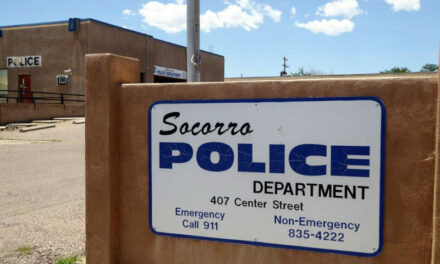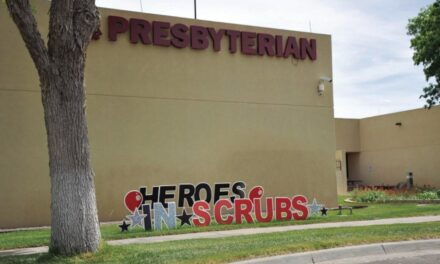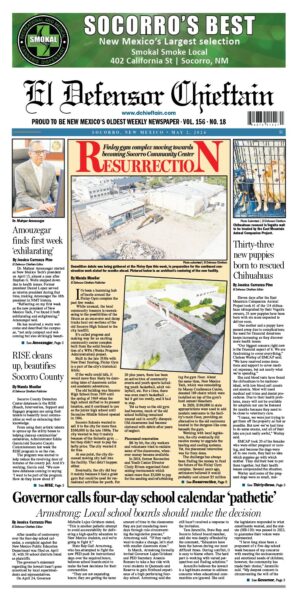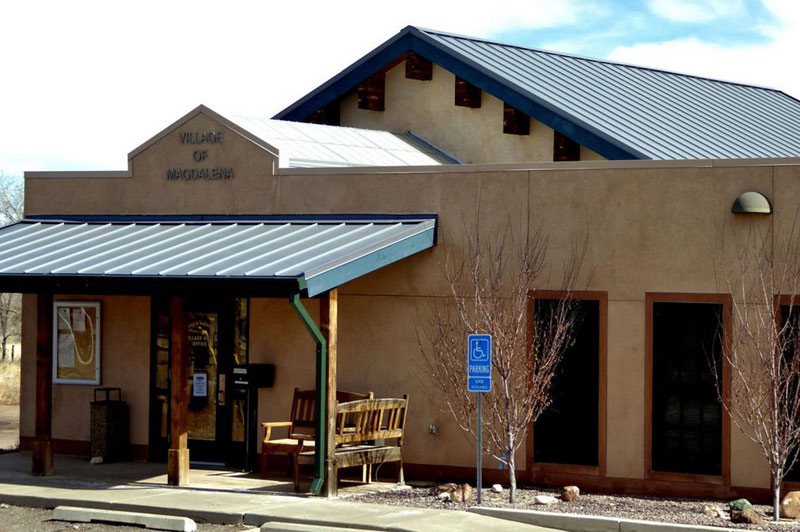With the wildfire season heating up, the Socorro County fuel project, Bosquecito Fuels Reduction Phase V, has been awarded $75,000 as a recipient of the 2023-2024 Wildfire Risk Reduction Grant Program.
The Socorro County Commission approved acceptance of the grant at its last meeting, agreeing to the 10 percent in-kind match of $7,500.
According to a letter attached to the grant, the Socorro County project was selected based on the strength of the application and meeting the criteria requirements by a panel of state, county, and non-profit representatives. The National Fire Plan provides funding for this program through Bureau of Land Management funds in cooperation with New Mexico Counties.
Jerry Wheeler, emergency coordinator for Socorro County, said the funding was needed to augment the county’s 83-page Community Wildfire Protection Plan (CWPP).
“One of the purposes of the CWPP is to ensure that economic conditions and issues are addressed,” Wheeler said. “First, the plan addresses prevention measure and recommend strategies and projects that will reduce the risk of uncontrollable wildfire. The second part of the plan addresses the coordination of resources in response to a catastrophic wildfire within Socorro County.”
Wheeler also serves as chair of the Save Our Bosque Task Force.
“This particular project, Phase V, is intended for fuel reduction in areas close to the BLM land,” Wheeler said. “The idea is that if a wildfire takes place in those neighboring areas, the fire could move into BLM land, so by giving the county funds for fuel reduction projects to work on the land, then it impacts them by reducing the threat of wildfire.”
The CWPP notes that the project area is subject to wildfire threats to homes, businesses, critical infrastructure, and unique and diverse natural habitat types found only in the Middle Rio Grande Valley. This area is particularly prone to fire due to the overgrowth of non-native invasive tree species in the Rio Grande Bosque and has experienced several severe fires in the past decade.
Wheeler said the biggest concern in the area is the proliferation of tamarisk, or salt cedar.
“It’s amazing how fast a fire burning salt cedar can spread,” he said. “You have to corral it, unless you can catch it right after it starts. Otherwise, you’ve got a fight on your hands. We’re very fortunate to have resources of the BLM, State Forestry and the Forest Service all around to back up our county fire department.”
As an invasive tree species, the salt cedar can use up to 200 gallons of water daily, depleting groundwater for native plants and trees, such as cottonwood.
Wheeler said the clearing of trees is done by a piece of heavy equipment called a masticator, which does what its name infers; it chews.
“It’s a big machine that basically grinds the tree,” he said. “It grinds up the salt cedar, and then in the fall, we’ll come back through and treat the sprouts so the salt cedar won’t grow back up. And doesn’t hurt the land.”
In addition to the removal of salt cedar, the grant money will be used to create or rebuild fire breaks in areas adjacent to BLM land.


















